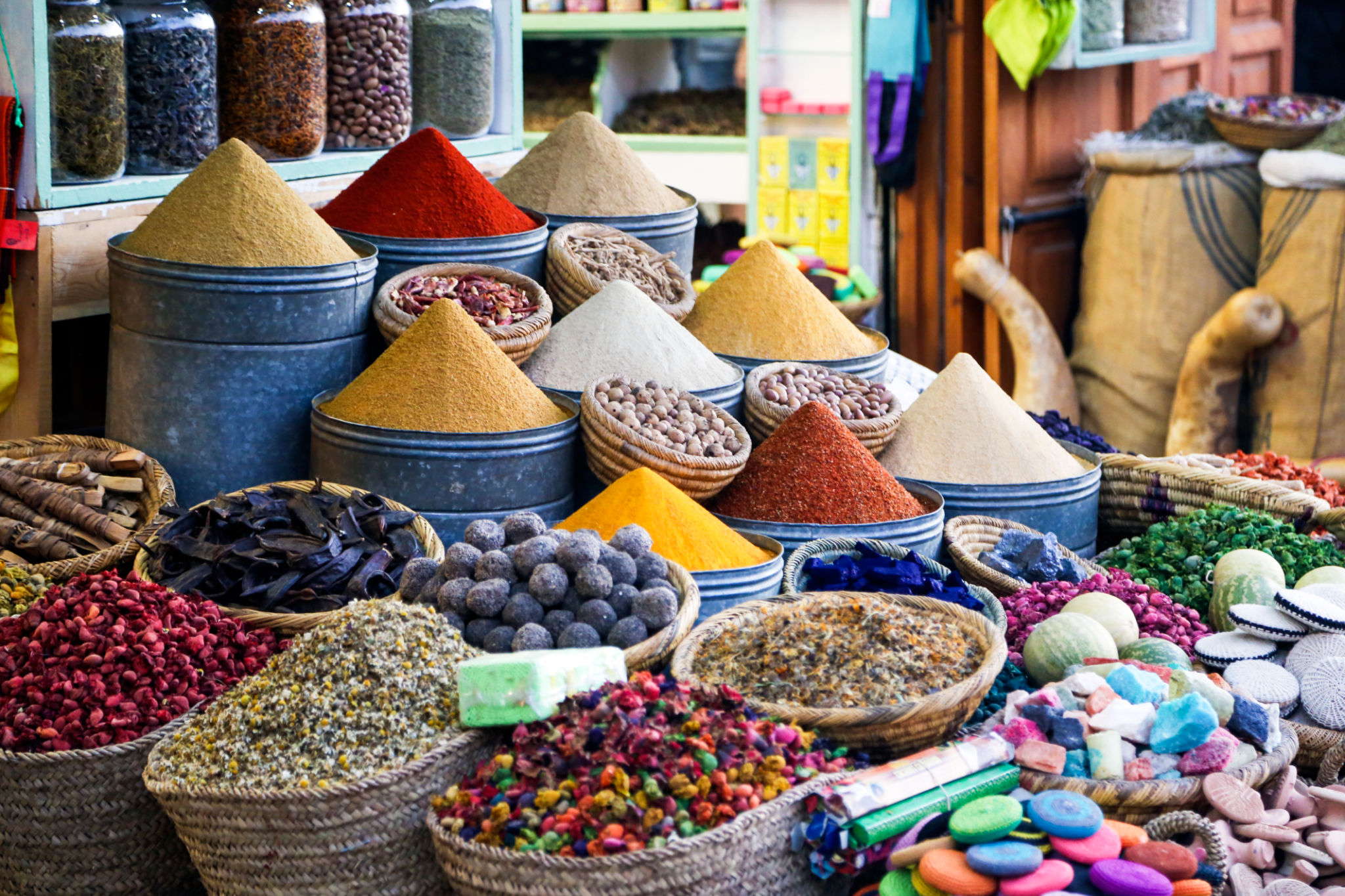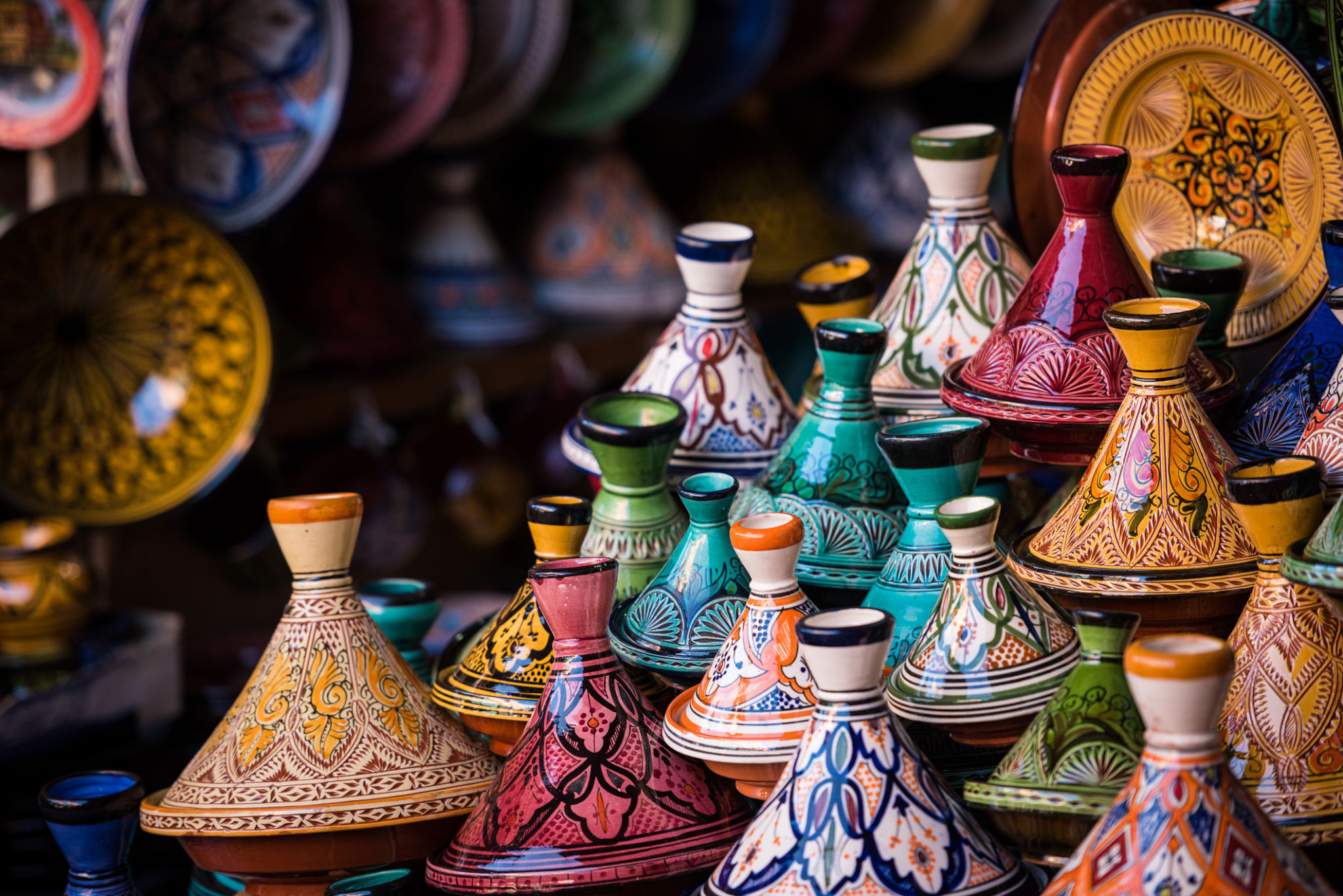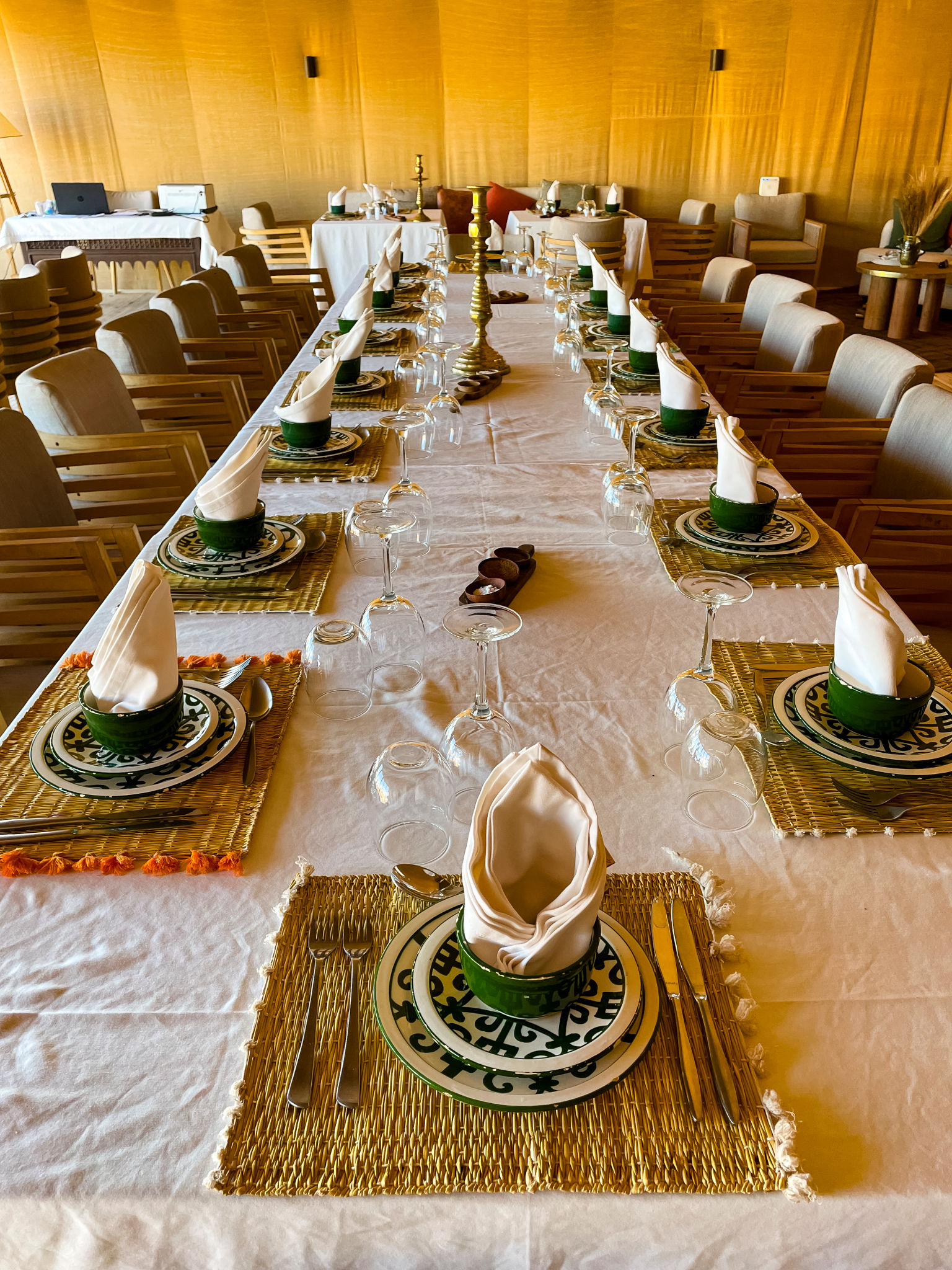Understanding Moroccan Cuisine: A Culinary Journey
The Rich History of Moroccan Cuisine
Moroccan cuisine is a tapestry woven from the rich history of its people, a reflection of the diverse cultures that have influenced this North African country over centuries. From the Berbers to the Arabs, and later influences from French and Spanish colonizers, Moroccan food is a harmonious blend of flavors and traditions.
The Berbers are known for their tagines, slow-cooked stews made with meat, vegetables, and a blend of spices. These dishes are cooked in a distinctive earthenware pot, which gives the tagine its name. The arrival of Arabs introduced new spices like saffron, cinnamon, and ginger, creating the foundation for today’s Moroccan spice palette.

Main Ingredients and Spices
One cannot talk about Moroccan cuisine without mentioning its vibrant spices. The use of spices is an art in Morocco, with each dish having its unique blend. Commonly used spices include cumin, coriander, turmeric, paprika, and the famous Moroccan spice mix, ras el hanout, which can contain over 30 different spices.
In addition to spices, Moroccan cuisine relies heavily on fresh ingredients. Couscous, semolina wheat granules steamed to perfection, is a staple in many Moroccan meals. Other key ingredients include olives, lemons preserved in salt, almonds, dates, and honey, each adding its distinct flavor to a dish.
The Iconic Tagine
The tagine is perhaps the most iconic dish of Moroccan cuisine. It's not just a meal; it's an experience. Cooking in a tagine allows the flavors to meld together beautifully. There are countless varieties of tagine, including lamb with prunes, chicken with preserved lemons and olives, and vegetable tagines for those seeking a meatless option.

Traditional Moroccan Meals
A traditional Moroccan meal is more than just food; it's a social event where family and friends gather around a low table to share dishes served communally. The meal usually starts with a series of mezze, small appetizers that might include salads, dips like hummus, and olives.
The main course often features couscous or tagine. On special occasions, you might find a dish like pastilla, a savory-sweet pie made with layers of flaky pastry stuffed with pigeon or chicken, almonds, and cinnamon.

Sweets and Tea
No Moroccan meal is complete without indulging in some sweets. Moroccan desserts often blend the sweetness of honey and almonds with aromatic spices like cinnamon and orange blossom water. Favorites include baklava and chebakia, sesame cookies fried and coated in honey.
Moroccan mint tea is another essential part of the culinary experience. Known as "Moroccan whiskey," this tea is brewed with green tea leaves and fresh mint sprigs, then served in small glasses from a height to create foam on top.
The Cultural Significance of Food
Food in Morocco is more than sustenance; it is deeply intertwined with cultural identity and hospitality. Sharing food is an expression of love and community. Meals are often lengthy affairs, allowing for conversation and connection.
Moroccan cuisine is a testament to the country's history and cultural exchanges. Exploring its flavors offers a glimpse into the heart of Morocco—a place where tradition meets innovation on every plate. Whether you're enjoying a simple bowl of couscous or an elaborate tagine, each bite takes you on a culinary journey through time and across continents.
